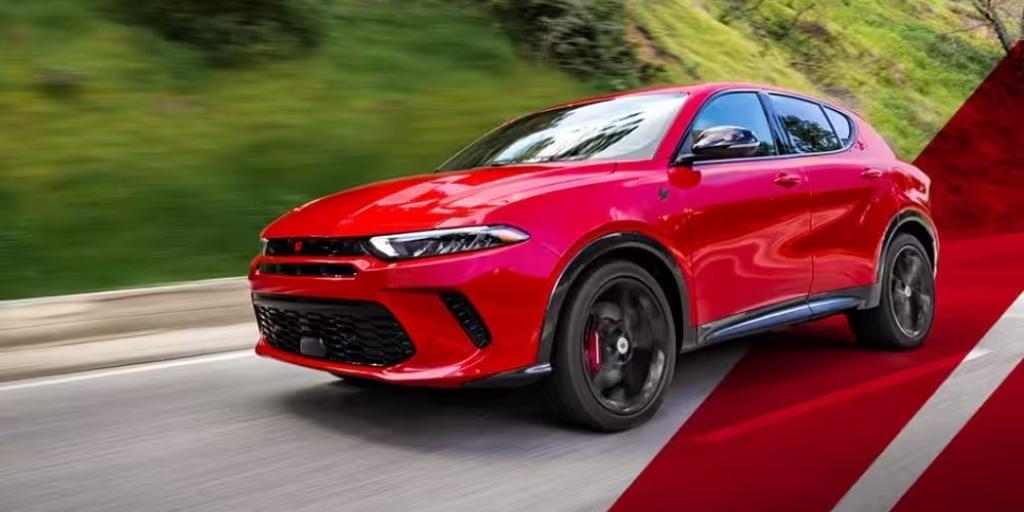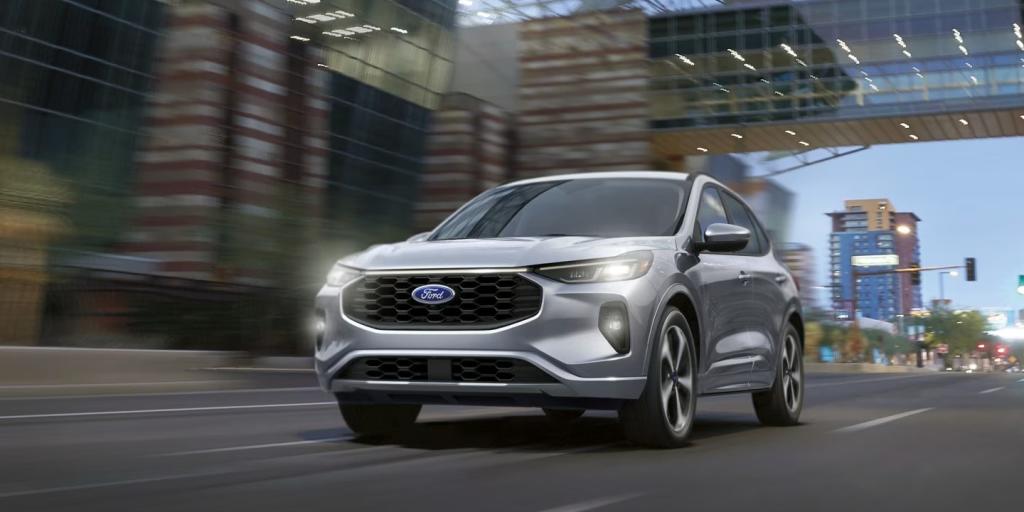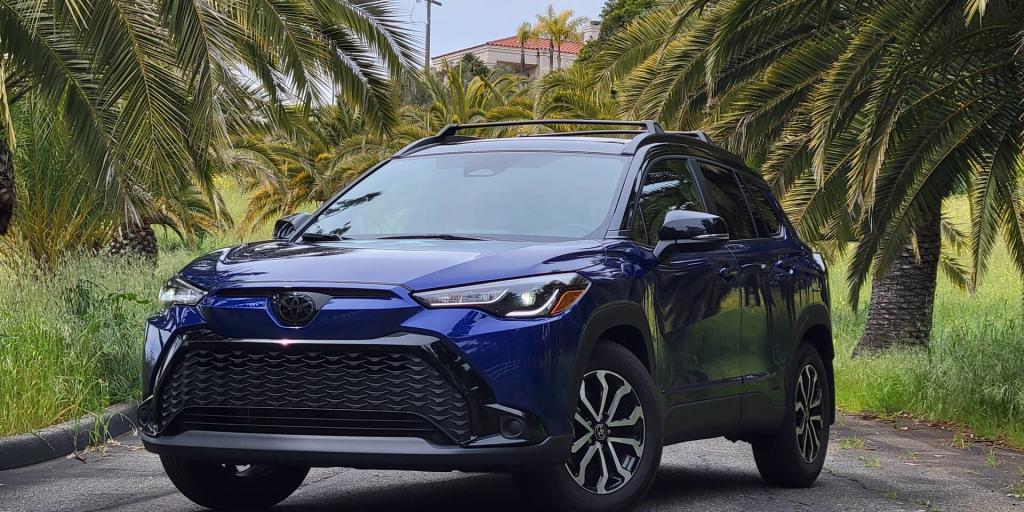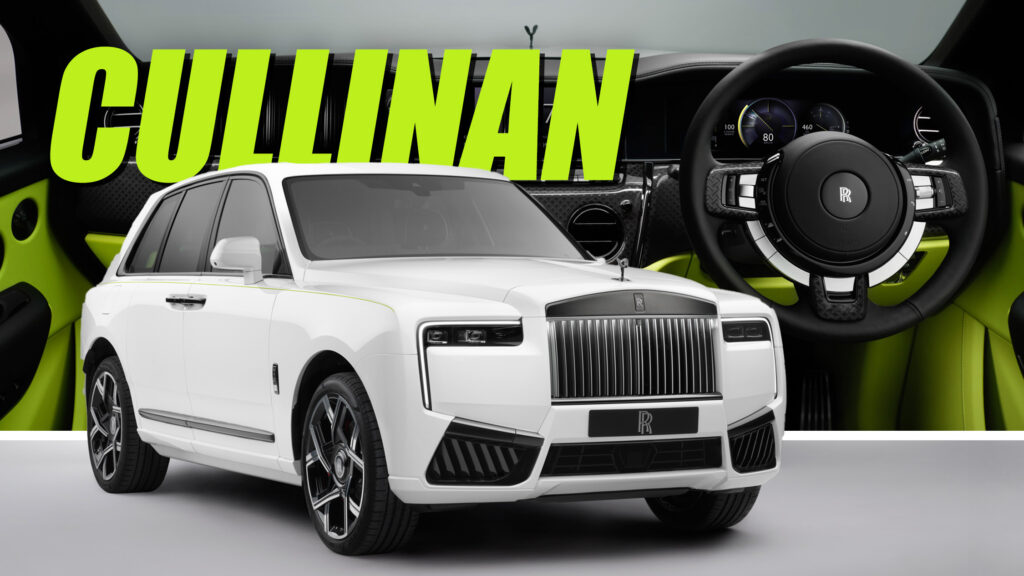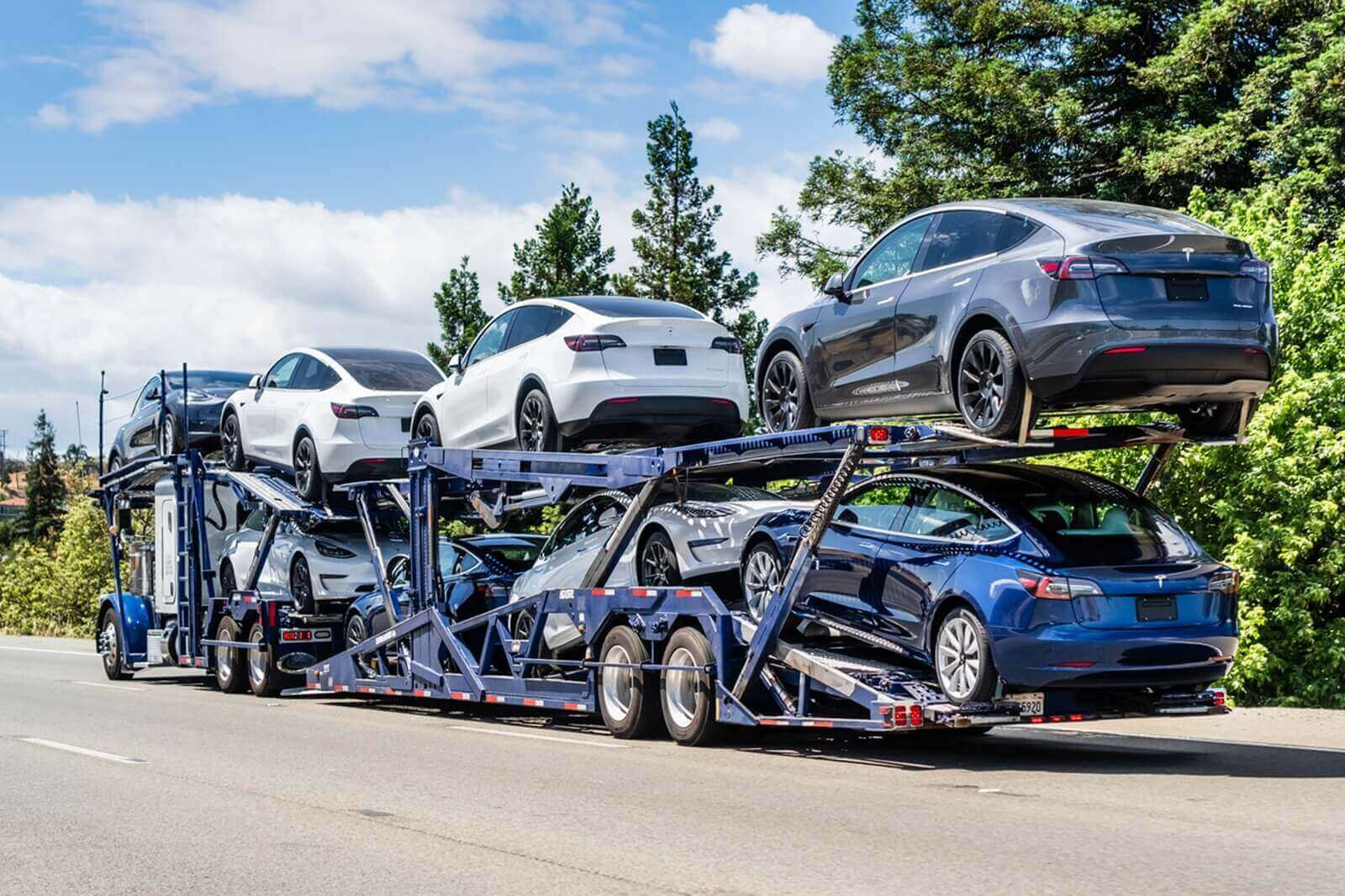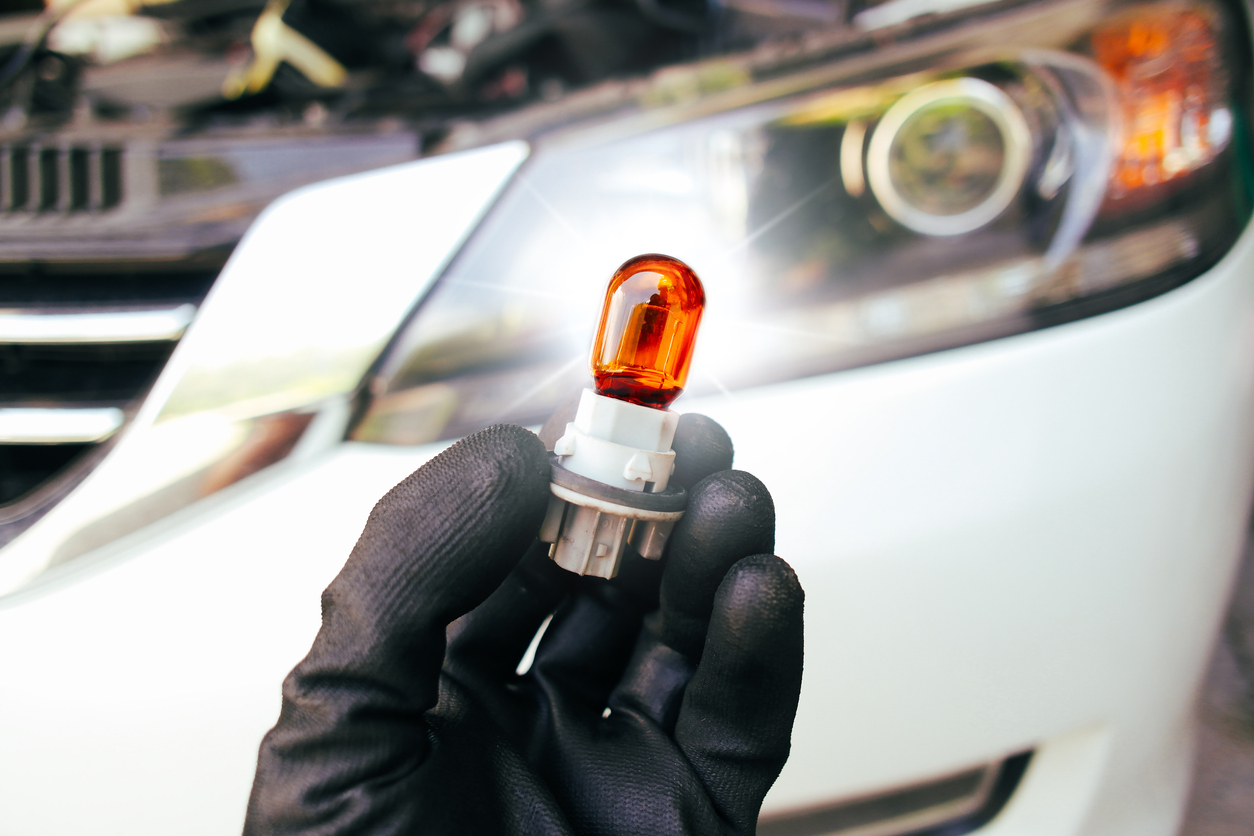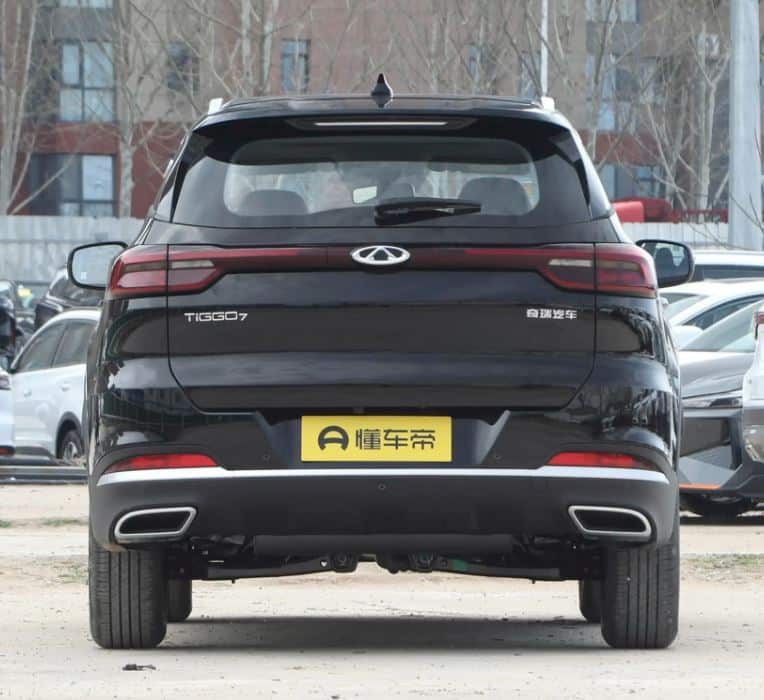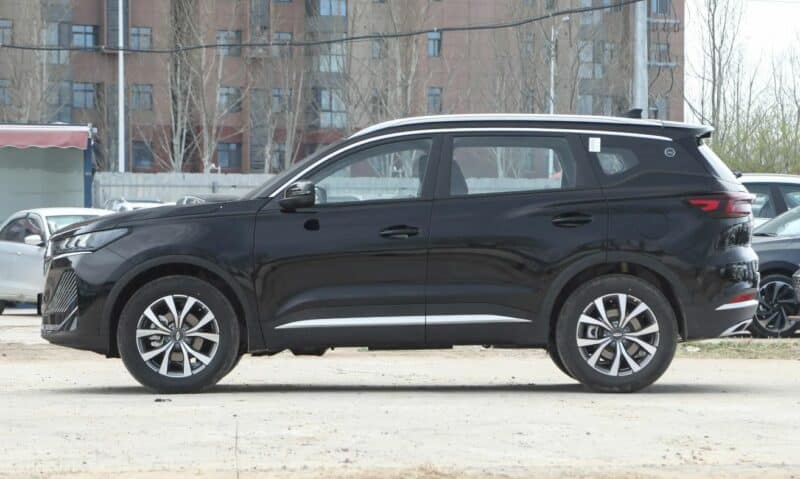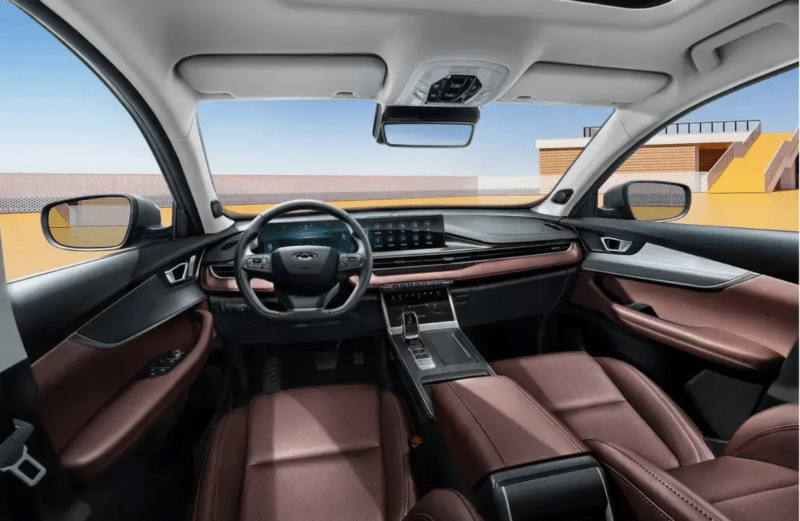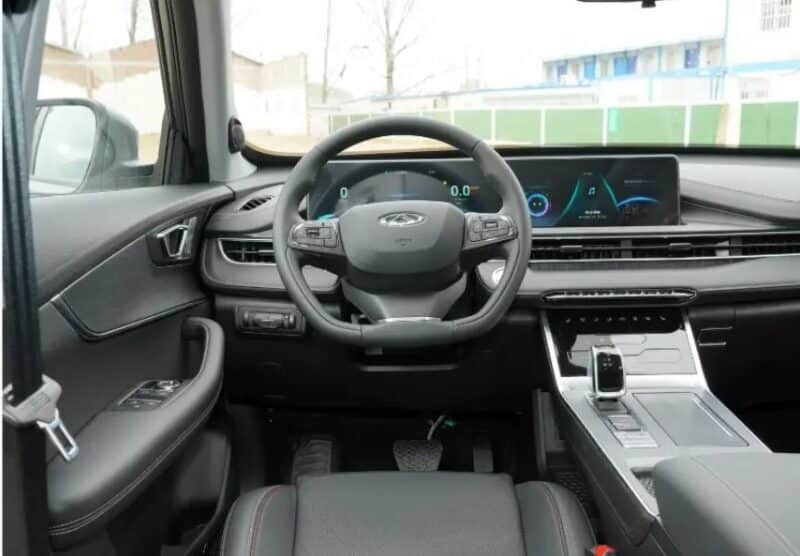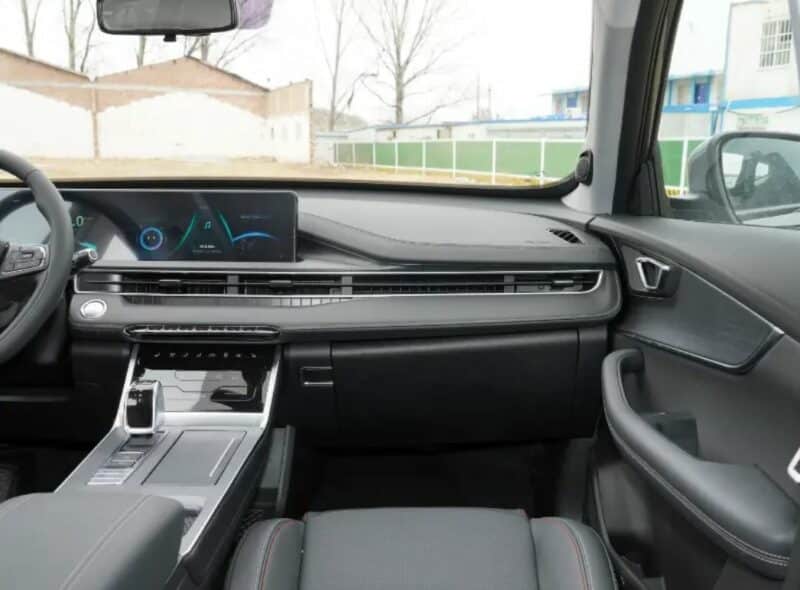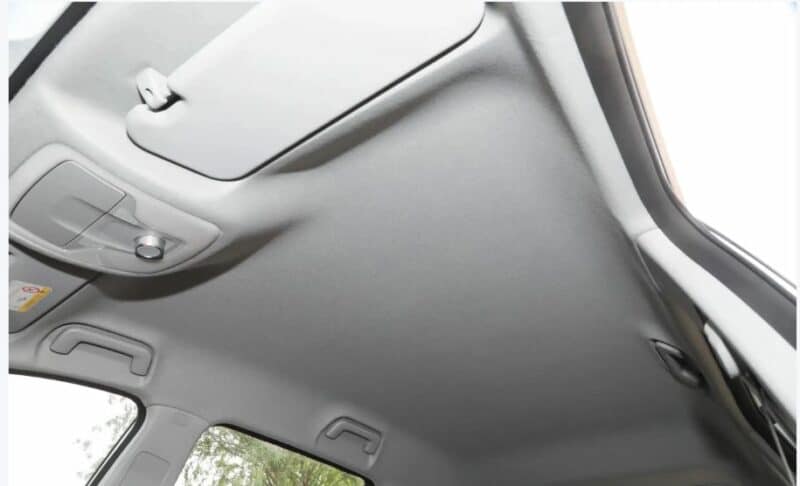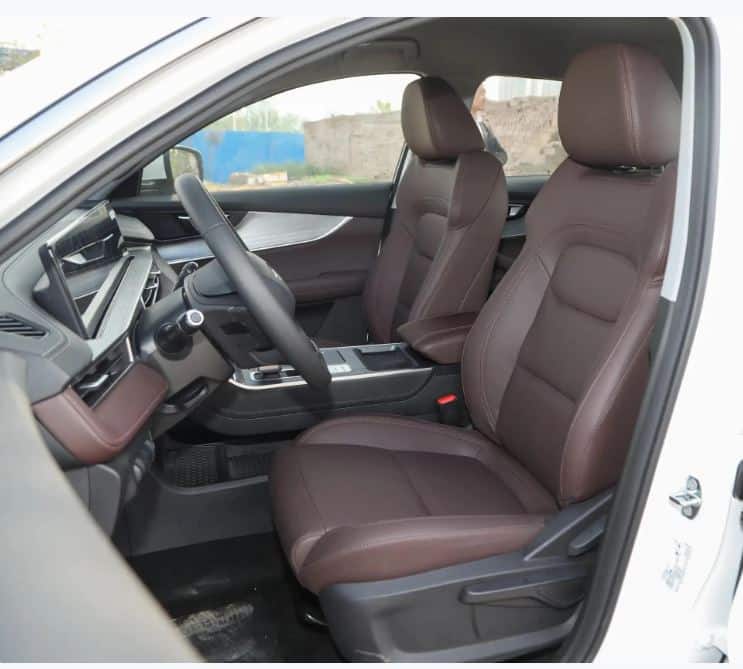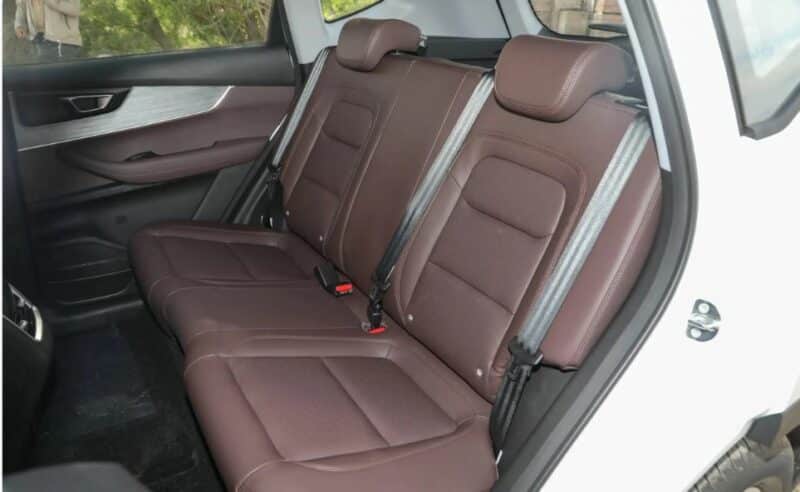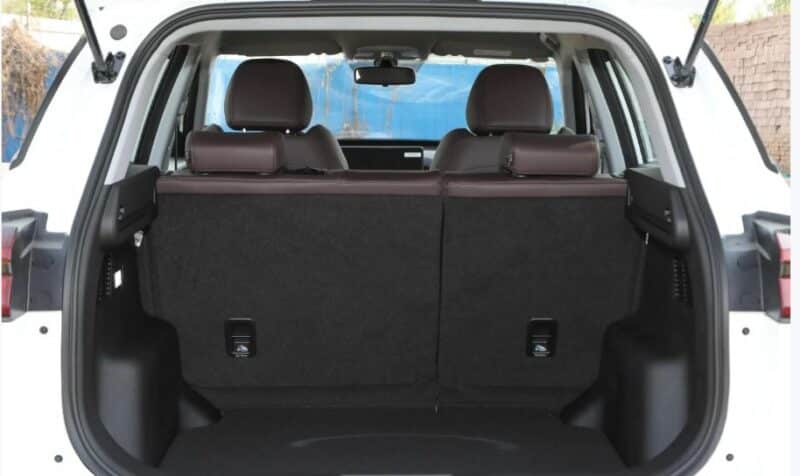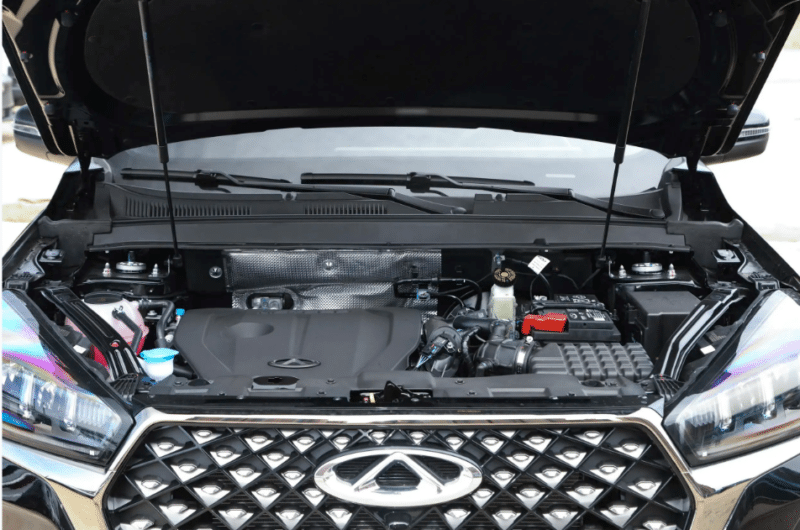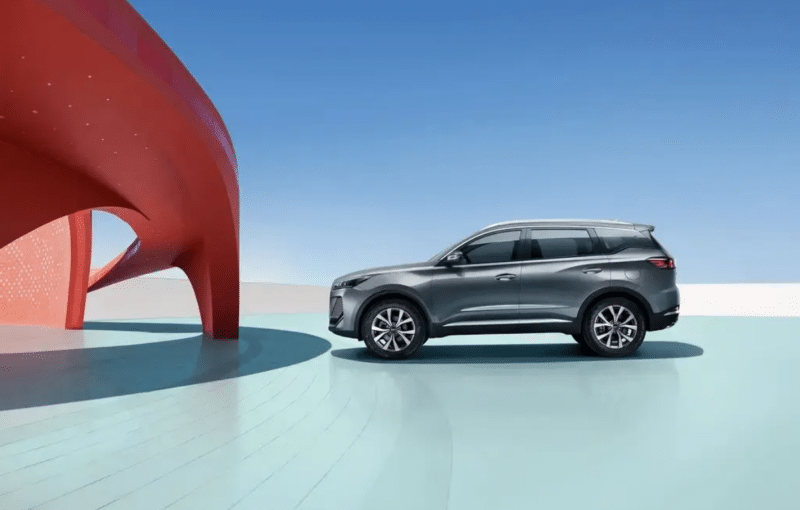Redefining Hybrid Affordability
The 2024 Toyota Corolla Cross Hybrid emerges as a standout for its affordability in the hybrid SUV market, challenging the notion that hybrid vehicles are prohibitively expensive. Priced at just $29,579, including the destination fee, this model undercuts competitors like the Ford Escape Hybrid and Dodge Hornet Hybrid, which both start above $35,000. This makes the Corolla Cross Hybrid not just an economical choice but a financially sensible one, blending cost-effectiveness with environmental consciousness.
Performance and Economy
Under the hood, the Corolla Cross Hybrid is equipped with a 2.0-liter four-cylinder engine complemented by three electric motors, delivering a robust 196 horsepower and 139 lb-ft of torque. This powertrain configuration ensures efficient all-wheel drive capability, allowing for a sprightly acceleration from 0 to 60 mph in just 7.9 seconds—impressive for its class and notably quicker than its non-hybrid variant. Furthermore, it achieves an EPA-estimated fuel economy of 45 mpg in the city and 42 mpg combined, making it an ideal choice for both urban commuters and long-distance travelers.
Value and Features: More Than Just Savings
The 2024 Toyota Corolla Cross Hybrid doesn’t just save money at the dealership; it continues to provide value down the road with its comprehensive suite of features. Standard equipment includes 17-inch wheels, LED headlights, and a modern infotainment system with wireless connectivity for Apple CarPlay and Android Auto. Safety is also paramount, with adaptive cruise control, lane keeping assist, and automatic emergency braking included at no extra cost. This package of features ensures that drivers enjoy not only cost savings but also a comfortable, safe, and technologically up-to-date driving experience.
By combining affordability with a rich array of features and impressive fuel efficiency, the 2024 Toyota Corolla Cross Hybrid positions itself as a top choice for buyers looking to enter the hybrid SUV market without compromising on quality or performance. Its introduction may well set a new standard for value in a segment that is increasingly popular among cost-conscious and environmentally aware consumers.

